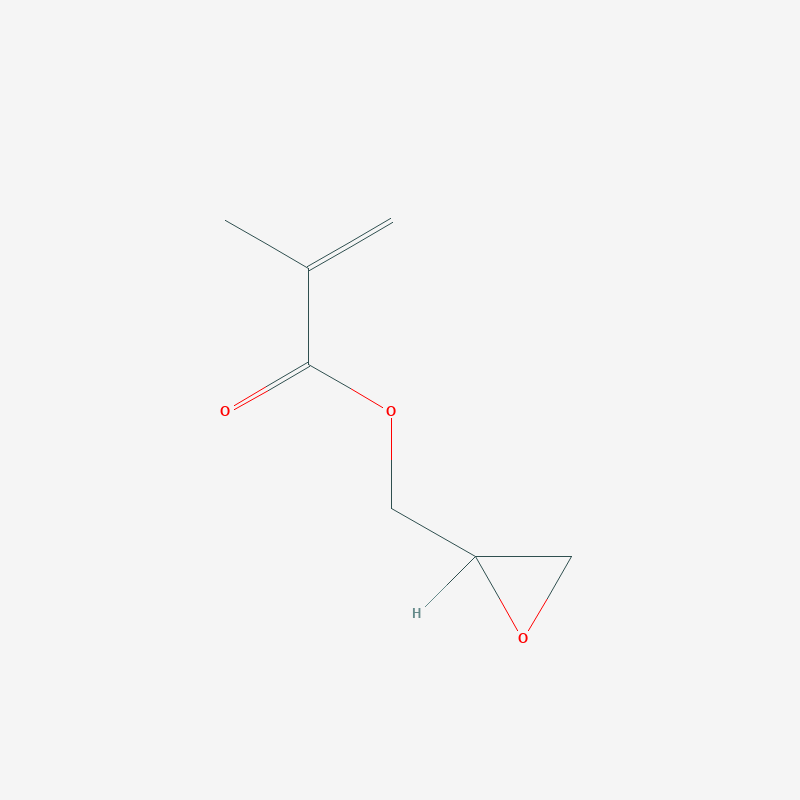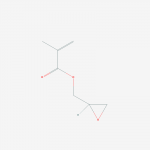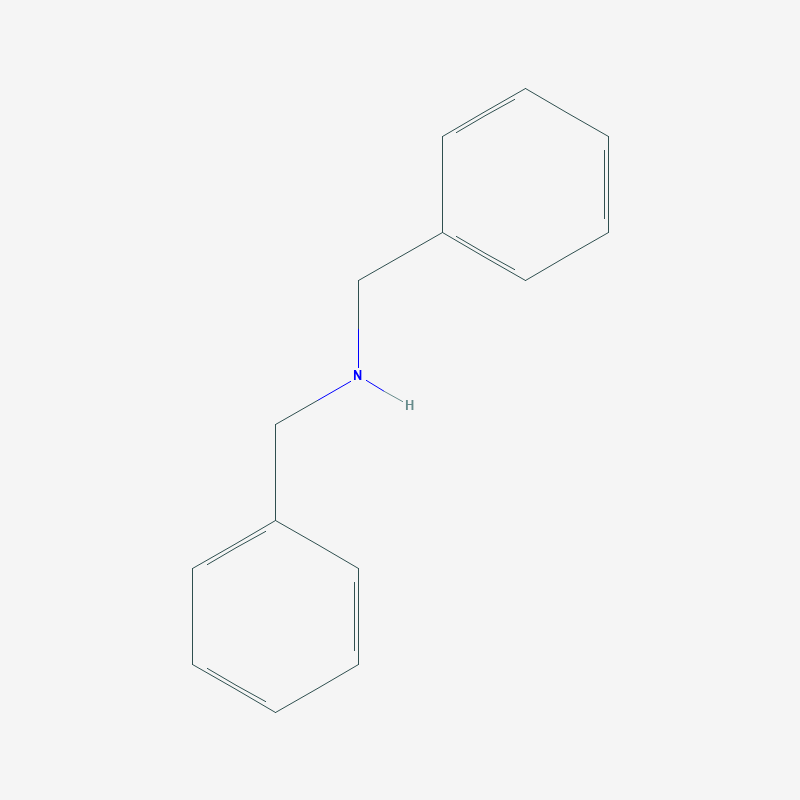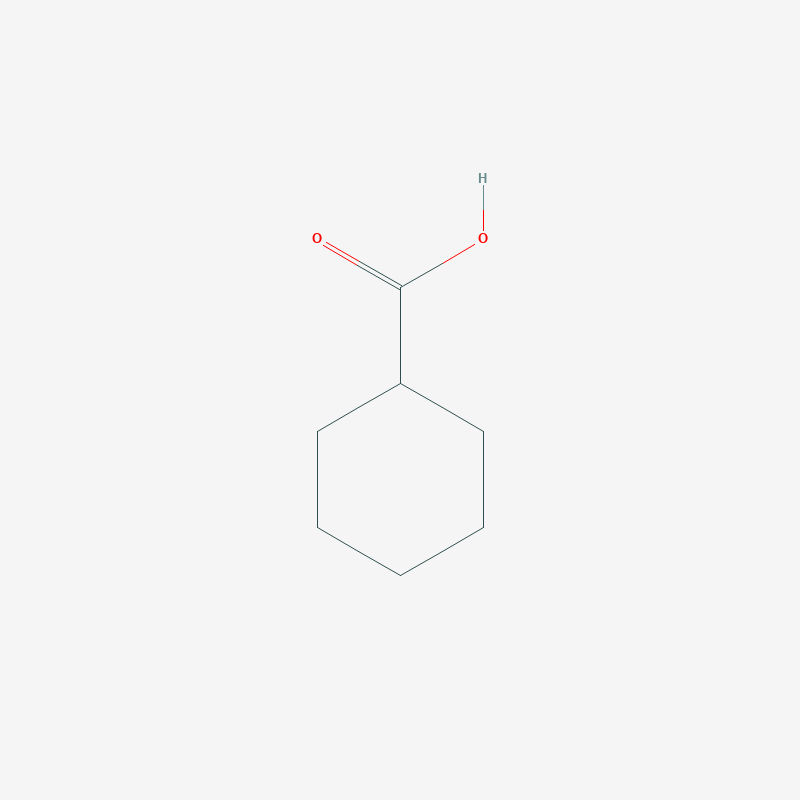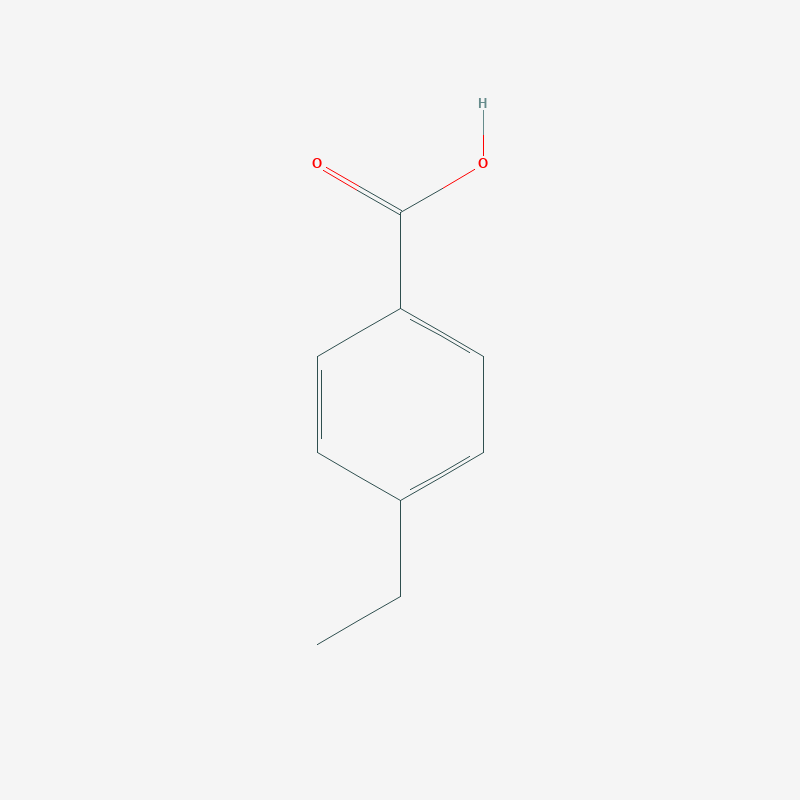| Purity / Analysis Method | >95.0%(GC) |
| Molecular Formula / Molecular Weight | C7H10O3 = 142.15 |
| Physical State (20 deg.C) | Liquid |
| Storage Temperature | 0-10°C |
| Condition to Avoid | Heat Sensitive |
| CAS RN | 106-91-2 |
| PubChem Substance ID | 87572617 |
| MDL Number | MFCD00005137 |
Glycidyl methacrylate
Purity : >95.0%(GC)
CAS No.: 106-91-2
EC No.: 203-441-9
EC Name: oxiran-2-ylmethyl 2-methylprop-2-enoate
ECHA Name: 2,3-epoxypropyl methacrylate
Synonyms:
GLYCIDYL METHACRYLATE
106-91-2
2,3-Epoxypropyl methacrylate
Glycidol methacrylate
SY-Monomer G
For all our chemicals TDS, MSDS and CoA are available upon request
Specification & Properties
Specifications:
| Appearance | Colorless to Almost colorless clear liquid |
| Purity(GC) | min. 95.0 % |
Properties:
| Melting Point | -42 deg.C |
| Boiling Point | 189 deg.C |
| Flash point | 84 deg.C |
| Specific Gravity (20/20) | 1.08 |
| Refractive Index | 1.45 |
| Solubility in water | Soluble |
| Degree of solubility in water | 50 g/l 25 deg.C |
Safety & Regulations
Safety Information:
| Chemical Safety |
| Signal Word | Danger |
| Hazard Statements | H311 : Toxic in contact with skin. H302 + H332 : Harmful if swallowed or if inhaled. H314 : Causes severe skin burns and eye damage. H360 : May damage fertility or the unborn child. H370 : Causes damage to organs. H372 : Causes damage to organs through prolonged or repeated exposure. H317 : May cause an allergic skin reaction. H341 : Suspected of causing genetic defects. H350 : May cause cancer. H401 : Toxic to aquatic life. H227 : Combustible liquid. |
| Precautionary Statements | P501 : Dispose of contents/ container to an approved waste disposal plant. P273 : Avoid release to the environment. P272 : Contaminated work clothing should not be allowed out of the workplace. P260 : Do not breathe dust/ fume/ gas/ mist/ vapors/ spray. P270 : Do not eat, drink or smoke when using this product. P202 : Do not handle until all safety precautions have been read and understood. P210 : Keep away from heat/sparks/open flames/hot surfaces. No smoking. P201 : Obtain special instructions before use. P271 : Use only outdoors or in a well-ventilated area. P264 : Wash skin thoroughly after handling. P280 : Wear protective gloves/ protective clothing/ eye protection/ face protection. P370 + P378 : In case of fire: Use dry sand, dry chemical or alcohol-resistant foam to extinguish. P308 + P311 : IF exposed or concerned: Call a POISON CENTER/doctor. P361 + P364 : Take off immediately all contaminated clothing and wash it before reuse. P303 + P361 + P353 : IF ON SKIN (or hair): Take off immediately all contaminated clothing. Rinse skin with water/shower. P333 + P313 : If skin irritation or rash occurs: Get medical advice/ attention. P301 + P330 + P331 : IF SWALLOWED: Rinse mouth. Do NOT induce vomiting. P301 + P312 + P330 : IF SWALLOWED: Call a POISON CENTER/doctor if you feel unwell. Rinse mouth. P304 + P340 + P310 : IF INHALED: Remove person to fresh air and keep comfortable for breathing. Immediately call a POISON CENTER/doctor. P305 + P351 + P338 + P310 : IF IN EYES: Rinse cautiously with water for several minutes. Remove contact lenses, if present and easy to do. Continue rinsing. Immediately call a POISON CENTER/doctor. P403 + P235 : Store in a well-ventilated place. Keep cool. P405 : Store locked up. |
Related Laws:
| RTECS# | OZ4375000 |
Transport Information:
| UN Number | UN2922 |
| Class | 8 / 6.1 |
| Packing Group | II |
Hazard Classification:
Danger!
According to the harmonised classification and labelling
(ATP10)
approved by the European Union, this substance
is toxic in contact with skin,
causes severe skin burns and eye damage,
may cause cancer,
may damage fertility,
causes damage to organs through prolonged or repeated exposure,
is harmful if swallowed,
causes serious eye damage,
is suspected of causing genetic defects,
may cause an allergic skin reaction and
may cause respiratory irritation.
